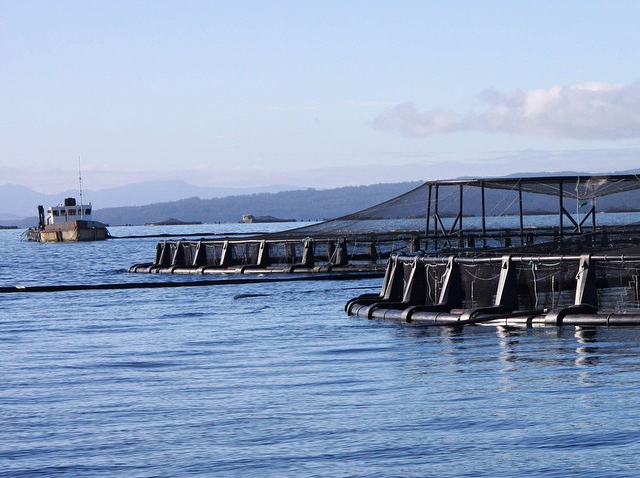Tasmanian salmon farmer experienced significant pricing volatility.
Tassal presented its half-year results for the six months ended 31 December with revenue up 6.6 per-cent to EUR 187.5 million. Operating EBIT was down 2.7 per-cent to EUR 30 million.
Australia’s largest salmon farmer is increasingly moving into prawn farming. Tassal said it experienced significant pricing volatility in the first half-year of 2021 due to COVID-19 and resulting restrictions and market fractures, particularly in global/export markets.
Half-year cash flows were impacted by lower export market returns for salmon with the price EUR 1.4/kg lower than the period before. Additional cash costs of significant items include export freight EUR 6.1 million, and a EUR 0.5 million Billy Creek November acquisition for prawn farming.

“Total 1H21 sales volume growth for salmon was up 16.2 per-cent and prawns was up 786.4 per-cent, but this growth was offset by materially negative returns from the export market given the impact of reduced global pricing and an appreciating AUD/USD exchange rate. This export market position consequently resulted in declining wholesale market returns, as additional funds and activities were employed to stimulate further growth of domestic per capita consumption,” said Tassal Managing Director and CEO Mark Ryan.
Harvested biomass in the first half-year of 2021 was up 36.7 per-cent to 24,508 tonnes.
Tassal’s revised short-term strategic plan will see it produce 41,000 tonnes of salmon in full-year 2021, and maintain 41,000 tonnes for the full year of 2022 as this biomass is already at sea.


